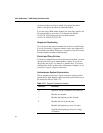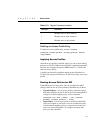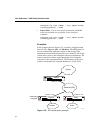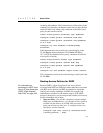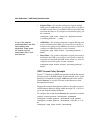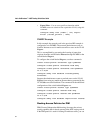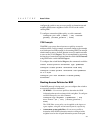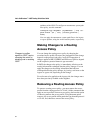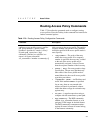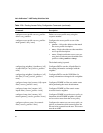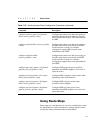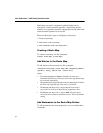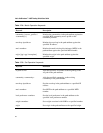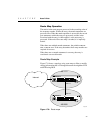
334
Intel
®
NetStructure™ 480T Routing Switch User Guide
attributes of the NLRI. To configure an autonomous system path
filter policy, use this command:
configure bgp neighbor [<ipaddress> | all] as-
path-filter [in | out] [<access_profile> |
none]
You can apply the autonomous system path filter to the ingress
or egress updates, using the
in and out keywords, respectively.
Making Changes to a Routing
Access Policy
Changes to profiles
applied to OSPF require
rebooting the switch or
disabling and re-enabling
OSPF.
You can change the routing access policy by changing the
associated access profile. However, the propagation of the change
depends on the protocol and policy involved. Propagation of
changes applied to RIP, DVMRP, and PIM access policies depend
on the respective protocol timers to age-out entries.
In BGP, the change to the policy is immediately effective on the
routing information exchanged after the policy changes. You can
apply the changes on the routing information that had been
exchanged before the policy changes, by issuing a soft reset on the
ingress or egress side, depending on the change.
For soft resets to be applied on the ingress side, the changes must
have been previously enabled on the neighbor.
Removing a Routing Access Policy
To remove a routing access policy, you must remove the access
profile from the routing protocol or VLAN. All the commands that
apply an access profile to form an access policy also have the option
of choosing
none as the access profile. Using the none option
removes any access profile of that particular type from the protocol
or VLAN, and, therefore, removes the access policy.



